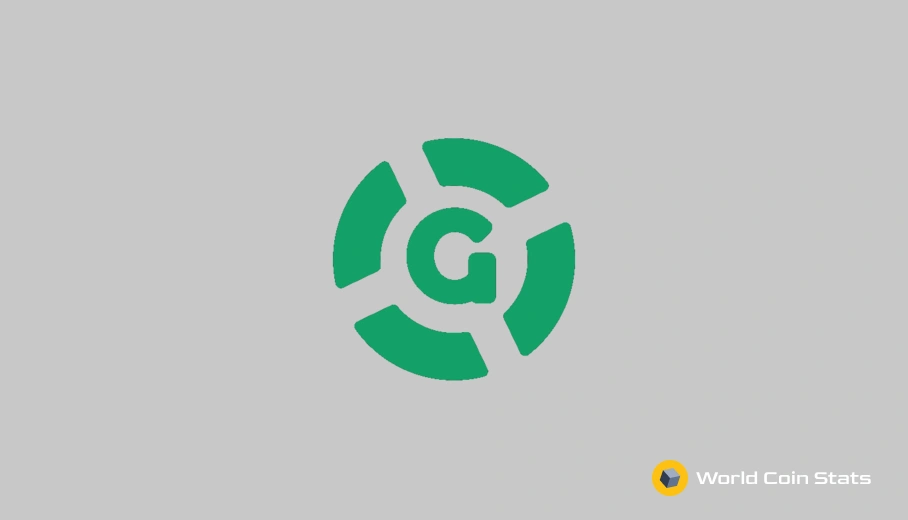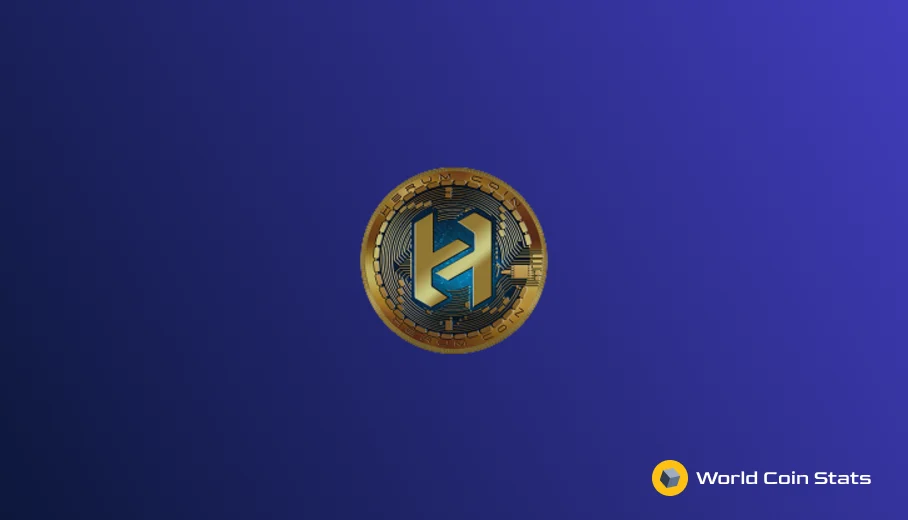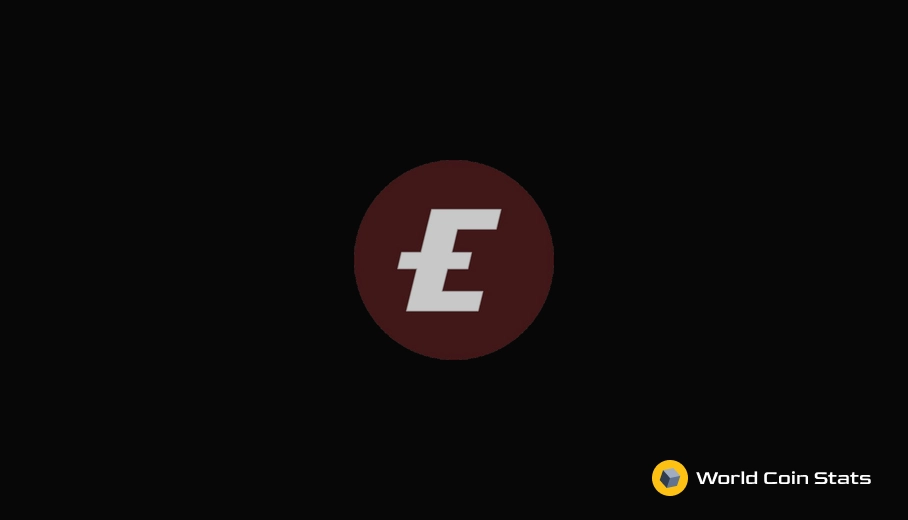How Organix Works - Is OGX a Good Investment?
Decentralized finance is the most natural fit for blockchain technology – the implementation of smart contracts allows a trustless system free of centralized behemoths from controlling the industry. This has led to a wave of protocols popping up offering various financial services on the blockchain hence the name “decentralized finance” (DeFi for short).
Almost every type of financial instrument is available on DeFi. Perhaps the most interesting is the creation of synthetic assets using blockchain technology. One DeFi protcol that does exactly this is called Organix, which is a DeFi protocol on the Binance Smart Chain, EOS, and KuCoin Chain.
This article will tell you everything you need to know about Organix including how it works, who founded it, and whether or not the native token and the financial instruments offered by Organix are good investments.
What is Organix?
Organix is a decentralized finance protocol primarily based on the EOS blockchain. The primary function of the protocol is the minting of OUSD stablecoins and other synthetic assets. If you are familiar with the Synthetixs Network, then you will understand how Organix works – it’s essentially a fork of Synthetixs Network. The developers even used a similar naming convention as Synthetixs Network.
For those unfamiliar with Synthetixs, then the following section will explain the features of Organix and how they work.
First of all, the native token of Organix is OGX. OGX is a critical part of the Organix ecosystem. We will use the creation of OUSD (Orgaix stablecoin) as an example:
- John has 1,000 OGX valued at $2/OGX ($2,000 total).
- John can mint $125 of OUSD at most because the collateralization ratio for Organix is 800%.
- This is done by staking OGX, which results in earning staking rewards.
- Staking 1,000 OGX in order to mint 125 OUSD would result in John’s personal collateralization ratio (C-ratio) being 800%.
- John would have created a debt for himself of $125 OUSD (the value of the minted stablecoins).
- Once this debt is paid off, then the staked OGX is returned to the user.
- However, the amount of debt that must be paid off can increase or decrease depending on the total amount of debt in the pool.
That’s the basic idea for minting stablecoins. The stablecoins can then be used to purchase other synthetic assets like sBTC or sETH. The thing with synthetic assets is that they are not actually backed by anything other than debt.
This is different than a protocol like MakerDAO that overcollateralizes their stablecoin with actual cryptocurrency coins or tokens.
This, in our opinion, leads to tremendous risk. The risk profiles outlined in the whitepaper do not even mention it, but it’s a huge risk to have an entire system based on debt. One of the major risk areas is a collapse in price of OGX – this would result in the synthetic asset becoming unpegged from the underlying asset.
We have already seen that happen once with Terra Luna. That’s a slightly different mechanic, but the same general concept still applies.
Anyway, we have some major issues with Organix that we will cover in the next section.
The Problems with Organix
As mentioned previously, we have some concerns about Organix. These concerns appear to be mostly founded as the project appears to be a dead project based on the lack of trading volume and lack of updates to their Twitter account.
It’s on EOS
The first problem we have with Organix is that the project is on EOS. Now, we do not have an issue with EOS – it’s a perfectly acceptable blockchain.
Our issue stems from the fact that Organix is just a fork, and not a very good one, of Synthetix.
In our experience with crypto, the forked projects from Ethereum on other blockchains tend to perform very poorly. Of course, there are notable exceptions, but this is the first thing that sticks out to us from Organix when we first heard about it.
Who Founded This Project?
An actual concern we have with Organix is that we cannot find any information about the founder of the project. The Medium page for Organix has a text interview with the alleged founder of Organix. This interview was translated from Chinese into English.
Anyway, we do not like DeFi projects with anonymous founders. It’s just far too easy for them to rug pull because there are no consequences when they do so. This is especially true for what appear to be the Chinese founders of Organix. The Chinese government may prosecute Chinese crypto scammers, but they will not force them to return money to non-Chinese citizens.
That’s a risk we simply are not willing to take in the world of DeFi.
We are not saying that Organix is a scam. Just that the risk is too high for us to feel confident in an investment.
It Heavily Relies on The Price of OGX
Another issue with Organix is that it has a heavy reliance on the price of OGX. This might not sound like a big deal, but it leads the platform open to exploitation.
All it would take is a flash loan attack on OGX for the entire project to completely come apart. This is a major risk profile that any derivative platform on the blockchain must account for in order to stay solvent.
It’s also a difficult risk profile to mitigate.
The Whitepaper is Horrible
We found the whitepaper for Organix to be a fairly bad whitepaper. It has a decent amount of grammatical errors, which is to be expected as the founders appear to be not be native English speakers.
The bigger problem is that the whitepaper just does a horrible job explaining how the protocol works. If you are not familiar with Synthetix, then you will likely not understand what they are saying in the whitepaper.
That’s not something we really like to see when reading a whitepaper. Whitepapers should do a decent enough job explaining things in an understandable manner – it’s not even that the whitepaper was too technical, either. It just does not really explain how the protocol works all that well.
Is OGX a Good Investment?
We would not consider OGX as a good investment. We have issues with the implementation of the project along with some major issues surrounding the legitimacy of the project due to the anonymous founders.
The project looks abandoned based on the 24 hour trading volume and general lack of activity of the cryptocurrency. The price chart is also interesting with the price of OGX dropping quite dramatically at times.
It’s not really a project that you should involve yourself with at the moment. If you do decide you want to try your hand at derivatives (synthetics), then your best bet would be using Synthetix.
Final Thoughts
That covers it for all you need to know about Organix. It’s an EOS fork of Synthetix, but it has way more disadvantages as it’s developed by an anonymous team and based on a much smaller blockchain. These type of protocols require a large amount of users in order to flatten the volatility, which is something that just isn’t going to happen on EOS.
To further complicate matters is that the collapse of Terra Luna has caused a cooldown of the synthetic cryptocurrency industry – investors are hesitant about DeFi projects like this.
This is one industry that you should avoid unless you have intimate knowledge of cryptocurrencies and the risks involved with derivatives trading.



